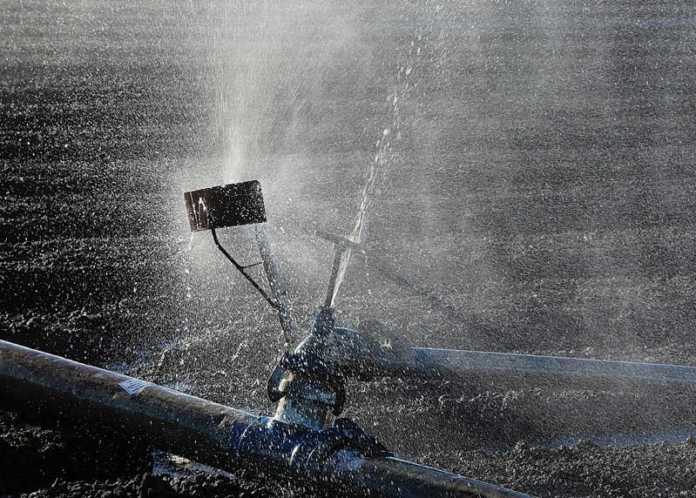MONTEREY BAY — With the rainy season rapidly coming to a close on March 31, officials are concerned about the scant snowpack in the Sierra and the lack of rain around the state.
Currently a stubborn high-pressure ridge has staged above much of California, warding off low pressure and any chance of precipitation any time soon, Anna Schneider of the National Weather Service of Monterey said.
The current water supply weighs in at about 30 percent.
“We’re below normal,” Schneider said. “Salinas is currently at 36 percent of its water level and San Francisco is at 65 percent.”
Schneider said rain in the next week “is unlikely.”
“It is unlikely we will reach our normal level this year,” she said. “Any storm system coming our way is being pushed to the north by the high pressure.”
Though reluctant, Schneider said there is a slight chance of some rain in about a week.
Los Angeles, Ventura and Santa Barbara counties, which hold nearly a quarter of the state’s population, were rated in severe drought, the Associated Press reported.
During a week of rainless skies and some record-high temperatures in Southern California, water officials also trekked into the Sierra Nevada on Thursday and manually measured the vital snowpack, which stood at less than a third of normal for the date.
“It’s not nearly where we’d like to be,” Frank Gehrke, a state official, said of the snow, which supplies water to millions of Californians in a good, wet year.
For people who survived the mudslides, looking out at clear and sunny skies again Thursday was a relief despite the deepening drought.
Gov. Jerry Brown lifted California’s drought state of emergency in April, but it took until September for the last bit of the state to emerge from the severe category of that drought — until now.
Only 13 percent of the state was considered in drought last week, according to the U.S. Drought Monitor, which is a project of several government agencies and their partners.
The years of disappointing winters and competition for remaining water supplies devastated native species ranging from Chinook salmon to pine forests, dried many household wells in the state’s middle, and compelled farmers to plunge other wells deep into the earth in search of irrigation water.
•••
Pajaronian reporter Tarmo Hannula contributed to this article.














